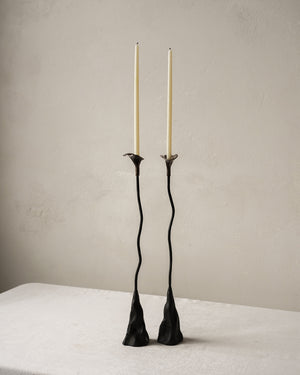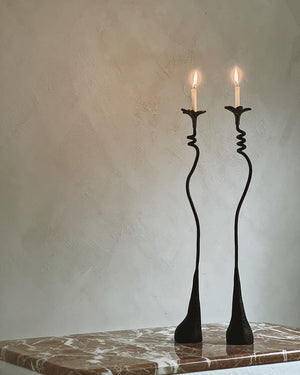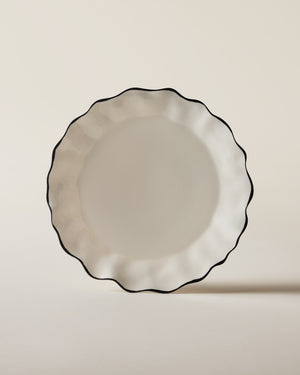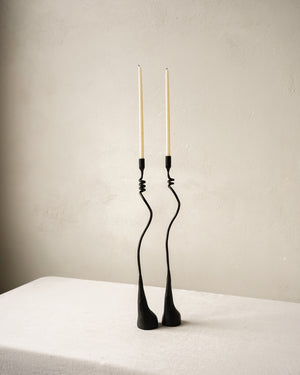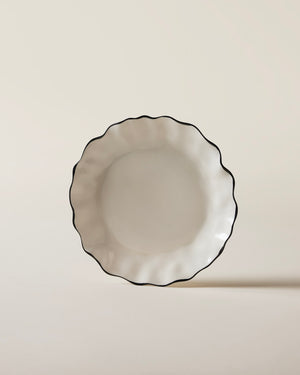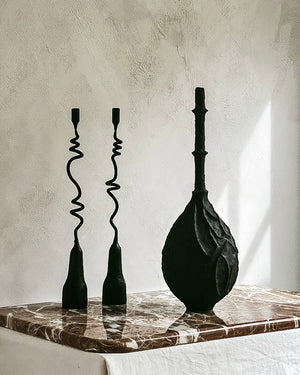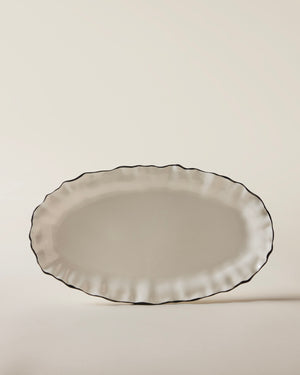Dada 101
 |
DADA Art and Design:
Dadaism is an artistic and literary movement that originated as an anti-war and anti-establishment response to World War I. Beginning around 1919, the movement was a radical reaction from artists in Europe to the political climate perpetuated by the war. The DADA movement became a critique of society as artists and writers began to create art that reflected the chaotic society the war generated. This meant they opened a new door to the art world where their works of art had no constraints. The movement included renowned artists and writers such as Hugo Ball, Marcel Duchamp, Kurt Schwitters, Man Ray, and Hannah Hoch.
|
"TO ALL APPEARANCES, THE ARTIST ACTS LIKE A MEDIUMISTIC BEING WHO, FROM THE LABYRINTH BETWEEN TIME AND SPACE, SEEKS HIS WAY OUT TO A CLEARING." - Marcel Duchamp |
Marcel Duchamp, L.H.O.O.Q., 1919 |
 Max Ernst, Postman Cheval, 1932
|
DADA artists challenged viewers to look at the lack of coherence between art and life. Though it seemed contradictory at the time, the artists of the movement yearned for their audience to take a look at what the war was doing to society.The works created in the DADA era are both spontaneous and open to interpretation, meant to evoke emotions that art had not before evoked. It was an era where artists had artistic freedom in the sense that they could apply whatever they pleased to the canvas, and in most cases, there was not a canvas present. DADAism challenged the mind by evoking laughter, sadness, confusion, irrationalism, spontaneity, and excitement for what could come next in the art world.
|
CHARACTERSITICS:
|
 Kurt Schwitters, Merz 19, 1920
|
 Man Ray, Premier Promenade, 1912
|
|
|
Duchamp, Nude Descending the Staircase, 1912 |
|
|
Kurt Schwitters, Picture with Light Center, 1919 |
ARTISTS TO KNOW:
|
|
Marcel Duchamp, Bicycle Wheel, 1913 |
|
Raoul Hausmann, The Art Critic, 1919-1920 |
" I WISH TO BLUR THE FIRM BOUNDARIES WISH WE SELF- CERTAIN PEOPLE TEND TO DELINEATE AROUND ALL WE CAN ACHIEVE"
- Hannah Hoch
|
|
|
|
|
|
|
DADA Architecture:
Dadaism made architects like Kurt Schwitters, Otto Wagner, Antonio Gaudi, and Bruno Taut rethink traditional architecture following the war and inspired them to look beyond to see buildings as sculptures. Dada architecture allowed buildings to be seen as more than a generic form of space and shelter, but instead as symbols of creativity and culture that will stand in cities for centuries.
 Bruno Taut, Glass Pavilion, 1914
|
|
|
CHARACTERISTICS:
|
Kurt Schwitters, Merzbau, 1923-1937 |
|
Norman Foster, Sage Gateshead, 2004 |
|
|
ARCHITECTS TO KNOW:
|
Peter Cook and Colin Fournier, Kunthaus Graz, 2003 |
|
Frank Gehry, The Walt Disney Concert Hall, 2003 |
|
SHOP THE DADA EDIT:
|
Manzanitas Iron Candle Series |
Dadaism by Dieter Elgar |
|
|
Iron Balance Lex Pavone |
EXO Lamp Abid Javed |

